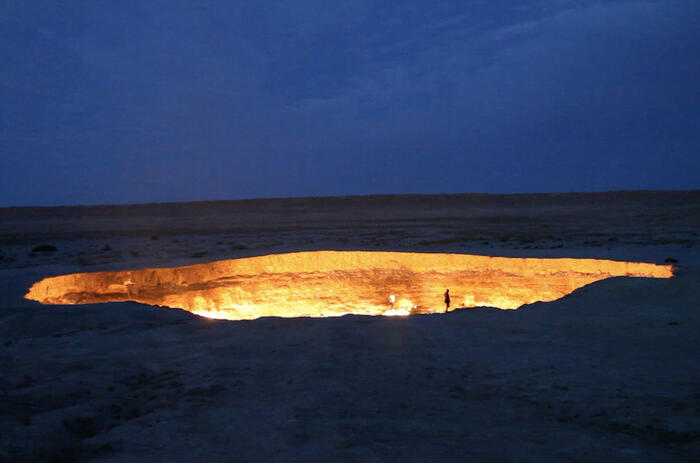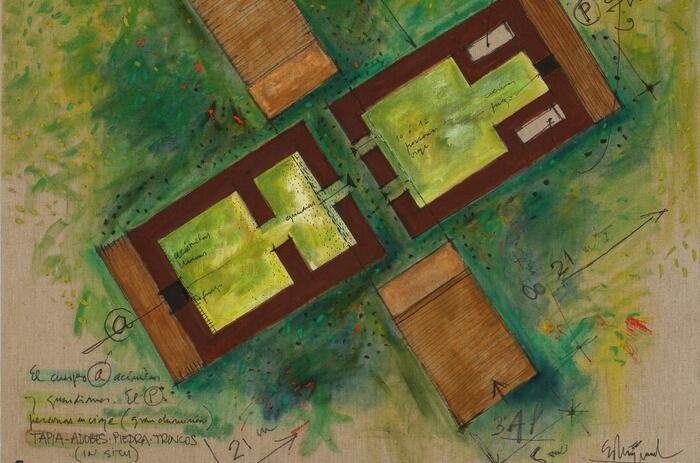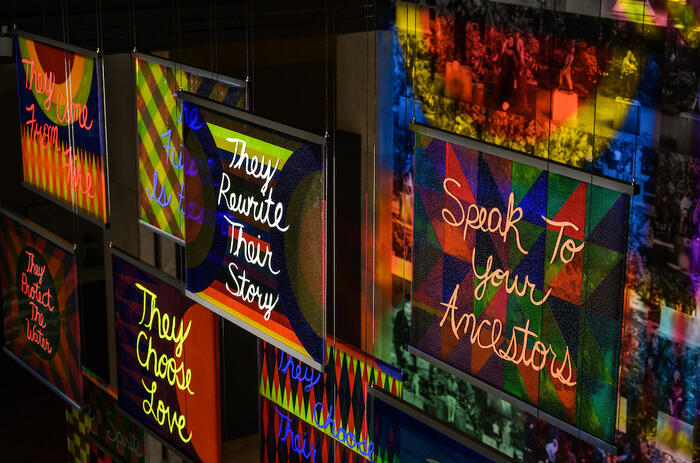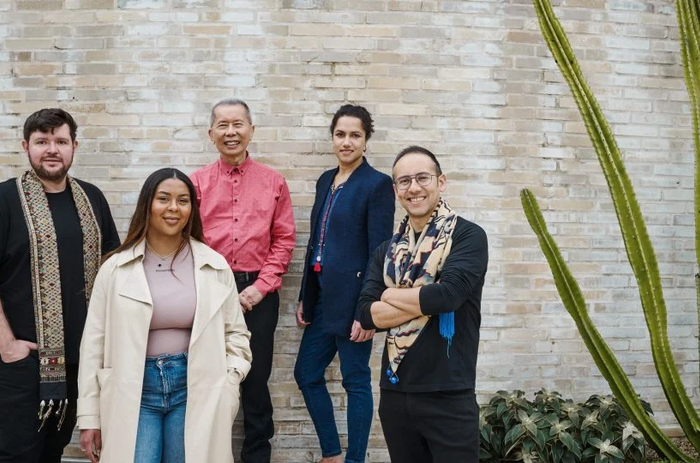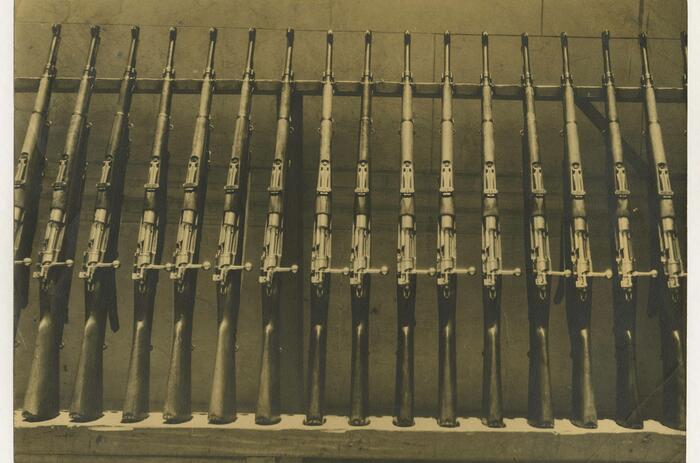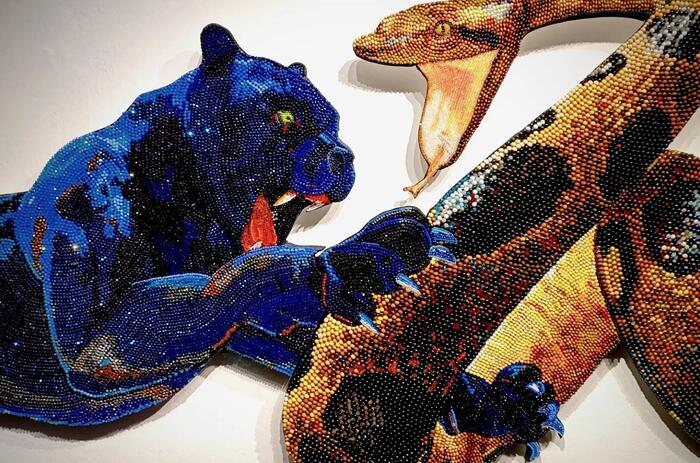EXERCISES IN TRANSFORMATION. SERGIO ZEBALLOS AT HKW
The exhibition Exercises in Transformation – Sergio Zevallos at HKW is dedicated to his more than forty years of practice in the incorporation, research and transformation of dominant knowledge systems.
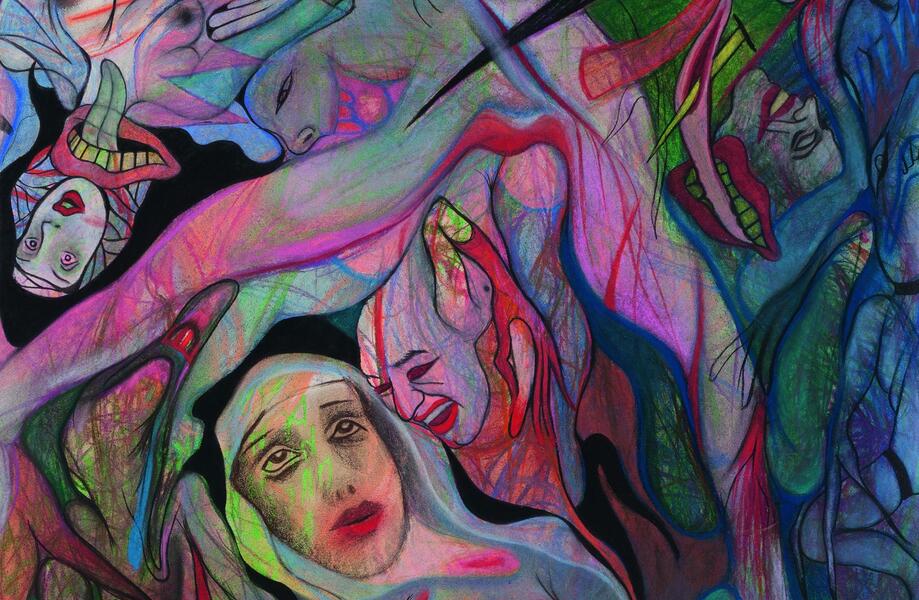
Power codes intersect bodies and connect the political with the private. For Zevallos, the work of transforming imposed patriarchal and colonial knowledge begins in the body, in this very personal and intimate space, and is carried out through performativity, social choreographies and critical realism.
Featuring a selection of Zevallos' earlier works, the exhibition pays homage to the artist's career and his diverse artistic experiments with gesture, voice, language and body. A dedicated interactive space allows interaction with the Archivo Ambulante, which was part of Zevallos' clandestine performative work with the Grupo Chaclacayo collective in Lima and Berlin (1982-1994).
-
Sergio Zevallos, SyP – A Memory of political dysfunctions (2023), original magazine of Sociedad y Política N° 8 (1980), intervened by termites. Courtesy the artista
-
Sergio Zevallos, SyP – A Memory of political dysfunctions (2023), original magazine of Sociedad y Política, intervened by termites. Courtesy the artista
-
Sergio Zevallos, Libreta Militar (Military ID Card, 1983), detail. Courtesy the artista
-
Sergio Zevallos, from the series Cuaderno de Matemática [Math Work Notebook, 2014], graphite pencil and tracings on printed paper. Courtesy the artist
-
Sergio Zevallos, from the series Cuaderno de Matemática [Math Work Notebook, 2014], graphite pencil and tracings on printed paper. Courtesy the artist
The exhibition focuses on the importance of practices that connect bodies and society and highlights Zevallos' longstanding commitment to political contexts, his tireless resistance to the violence that characterizes sexist, misogynistic, homophobic, racist and belligerent societies. Together with Peruvian artist Raúl Avellaneda and German artist Helmut Psotta, Zevallos founded Grupo Chaclacayo in 1982 in a studio on the outskirts of Lima. The collective experimented with drawings, performances, installations and photographs, relying on precarious, ephemeral material and a popular visual aesthetic circulating in public space to create cross-border works that address the violence of Peruvian politics in the wake of the armed conflict between the Maoist group Sendero Luminoso and the Peruvian state. In his performances, staged mostly outdoors - on streets, beaches or deserted places - Zevallos linked the intimacy of his own body with the social environment. In allegorical scenes that took up and transformed religious, secular and political references, the artists embodied various forms of metamorphosis: the martyr, the androgynous, the tortured, the dancer of a macabre show or the leader of a funeral procession. These works, which raised radical questions about the body, its oppression and its liberation from the social conventions of gender and the construction of masculinity, are now considered the cornerstone of a queer aesthetic in Peru, but also worldwide.
-
Sergio Zevallos, from the series Cuaderno de Matemática [Math Work Notebook, 2014], graphite pencil and tracings on printed paper. Courtesy the artist
-
Sergio Zevallos, from the series Que tu Carne es el cielo recién nacido (1983), color chalk drawings. Courtesy the artist
-
Sergio Zevallos, from the series Que tu Carne es el cielo recién nacido (1983), color chalk drawings. Courtesy the artist
-
Sergio Zevallos, from the series Que tu Carne es el cielo recién nacido (1983), color chalk drawings. Courtesy the artist
-
Sergio Zevallos, from the series Mapa Esquizocronología (2023), drawing on paper. Courtesy the artist
In his work, Sergio Zevallos addresses issues of cross-cultural identity, gender, and the relationship between the individual and power or between intimacy and the codes of institutionality. Zevallos was co-founder of Grupo Chaclacayo, a 1980s art collective in Lima that also included German artist Helmut Psotta (1937, Bottrop-2012, Wesel) and Peruvian artist Raúl Avellaneda (1960, Lima) and dealt with the intersections of Religion, Gender and Armed Conflict in Lima. In 1989, the collective moved to Germany and organized the traveling exhibition Images of Death - Peru or the End of the European Dream, which was shown in East and West Germany. In 1994 the group disbanded. Zevallos' works have been exhibited at the Künstlerhaus Bethanien, Berlin, the Württembergischer Kunstverein, Stuttgart, the MAC, MALI and the Centro Cultural de España in Lima, the MACBA in Barcelona and the Museo Universitario de Arte Contemporáneo MUAC in Mexico City, among others. Zevallos was represented at the 31st São Paulo Biennial in 2014 and at documenta14 in Kassel and Athens in 2017.

